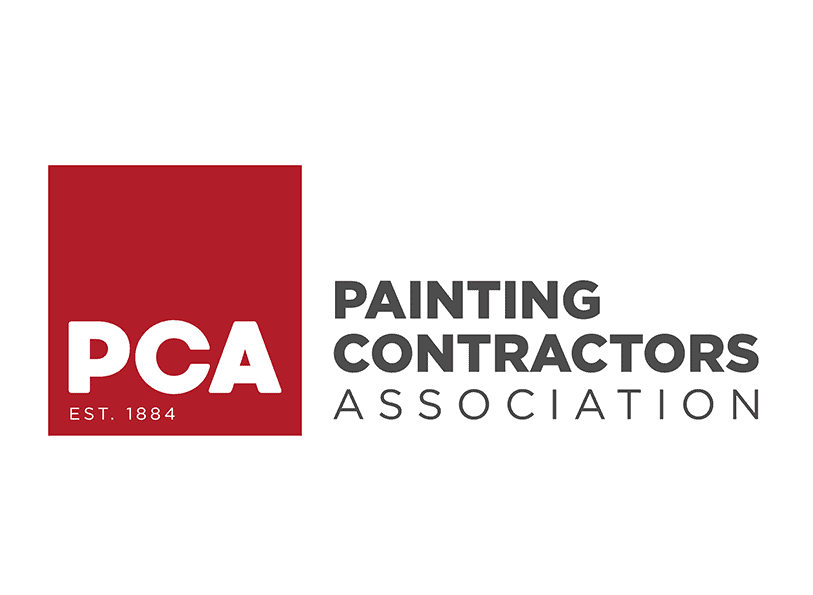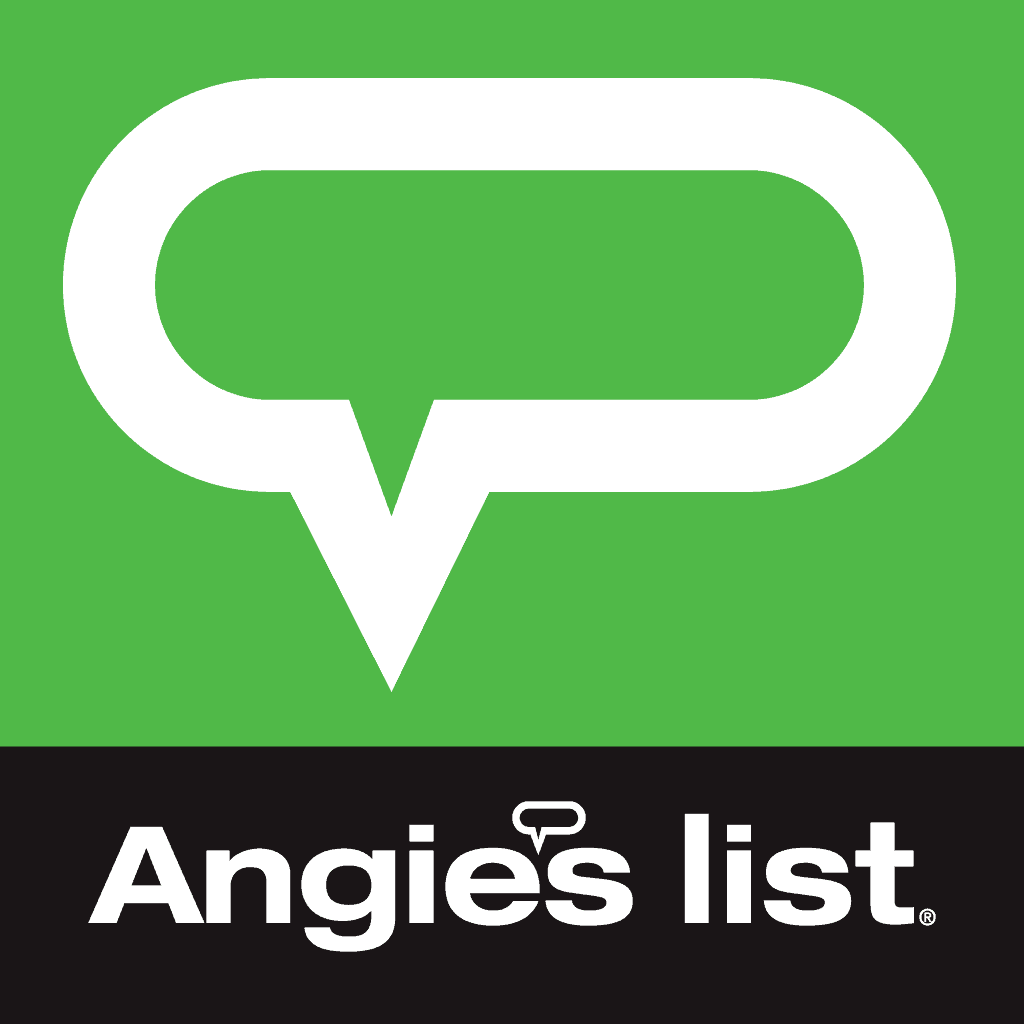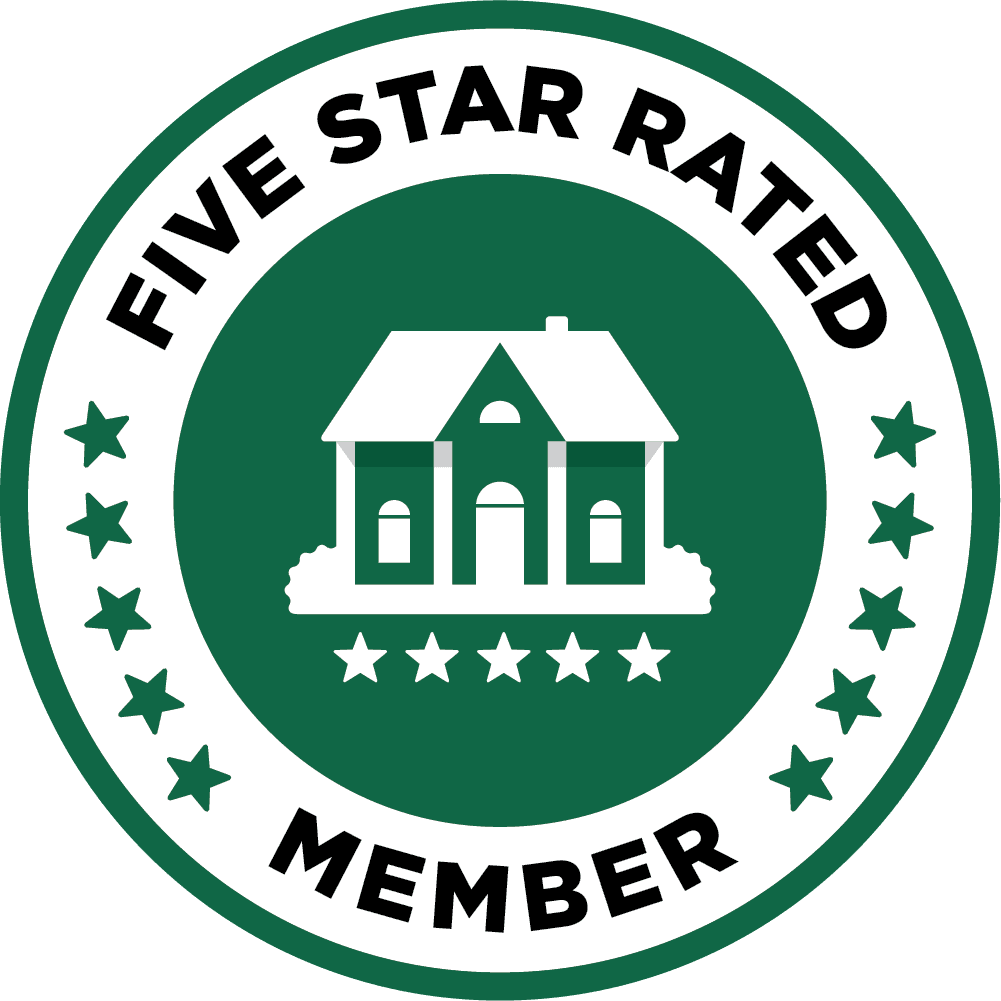21 Feb What you need to know about wallpaper removal
-
-
-
- Under an electric receptacle cover is an excellent place to lift up a small piece of wallpaper. (Always turn off electrical power to the room before you begin removing wallpaper near an electrical outlet.)
- The area behind the door is another discrete place to check under wallpaper.
- If the closet is wallpapered, that’s another ideal spot to lift up wallpaper.
-
-
What’s under the wallpaper:
- Mold: Unfortunately, wallpaper can hide mold. Sometimes, it becomes evident on the top side of the wallpaper. Often, though, it’s not visible. If you do find mold, you should consult a professional.
- Glue residue: Another issue that can lurk behind wallpaper on a wall is glue residue. You will need to remove the glue residue before you add new wallpaper or paint the wall. There are two efficient, albeit messy ways to remove it. You must be careful not to damage the sheetrock underneath when scraping or scrubbing
-
-
-
- You can use very hot water and scrub the glue off with scrub sponges. (It’s a messy job.)You can also use a broad knife to scrape off the glue after it has been coated with hot water (also gets messy).
- Unprimed wall: Sometimes, the wallboard or sheetrock behind the wallpaper is not primed. That could lead to certain complications when you go to remove the wallpaper. Our advice: consult a professional
-
-
Difficult to remove wallpaper: Once you decide you’re ready to remove wallpaper, you might find that it’s not as simple as you imagined. Some wallpapers can prove to be a daunting challenge. If you’ve ever tried to remove a grasscloth wallpaper, you’ll understand what we mean!
-
-
-
- Use a professional liquid remover. Follow the manufacturer’s instructions.
- You could also sheetrock right over the existing wallpaper with ¼ inch thick wallboard. This is not the cheapest option, but it could save you time. Keep in mind the added thickness to the wall means you’ll have to adjust switches and electrical boxes.
-
-

Mike Katounas is the owner of Home Works Painting, a painting business in Northern Virginia. He has over 15 years of experience in residential interior and exterior painting, drywall installation/repair, carpentry, wallpaper removal, power washing, commercial painting, color consultation, and staining/sealing. Their service areas include Chantilly, Fairfax, Herndon, Oakton, Reston. Mike takes pride in his work, and he always follows a strict code of conduct that includes the use of quality paint, a clean workspace, and an honest, respectful approach to his customers.












Sorry, the comment form is closed at this time.